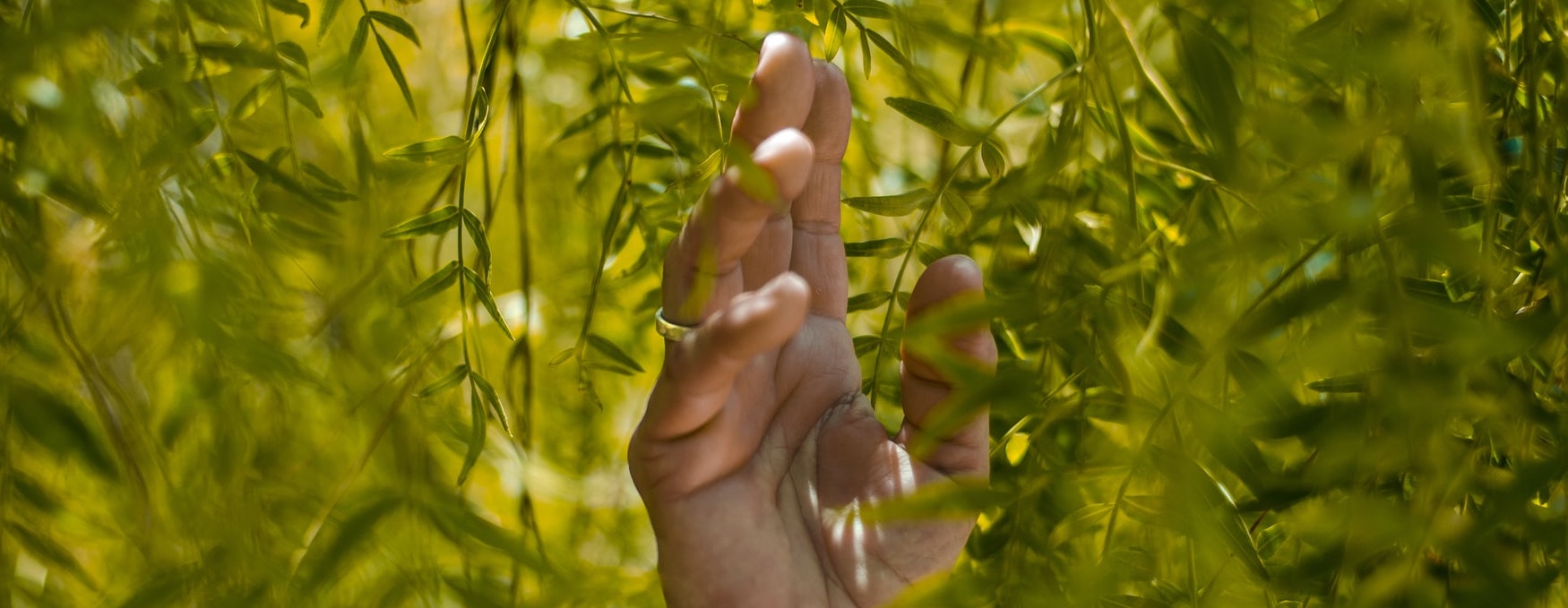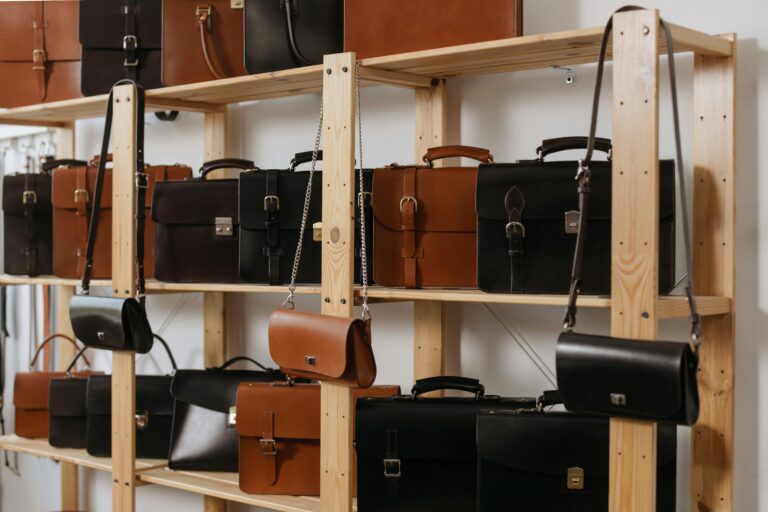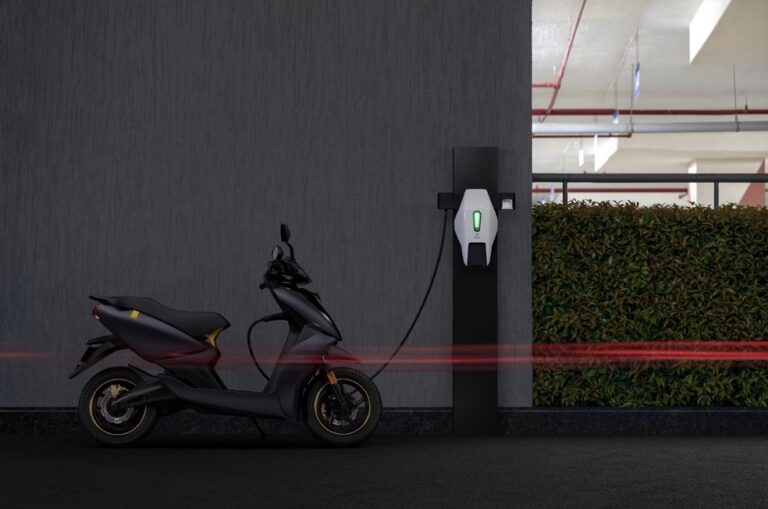Ever since the Copenhagen Fashion Week has officially launched its sustainability Action Plan 2020-2022, more brands and designers have started focusing on environmental-friendly fashion. The three-year plan has encouraged the fashion industry to reduce carbon emissions and resource waste, which is an important goal for upcoming years. Sustainable development is imperative for all industries, especially in fashion, though it has not been as popular amongst Chinese consumers compared to Europeans.
The ending of the COP 26 represents a new beginning of carbon emission tasks. President Xi announced at the 2020 United Nations General Assembly that China will reach the peak of carbon emission targets by 2030, and achieve carbon neutrality emission by 2060. Some sustainable brands in China, such as ERDOS (鄂尔多斯) and JNBY (江南布衣), as Chinese pioneers standing on the world fashion stages, whilst more environmentally brands are growing to convert Chinese traditional consciousness.

1. Klee klee
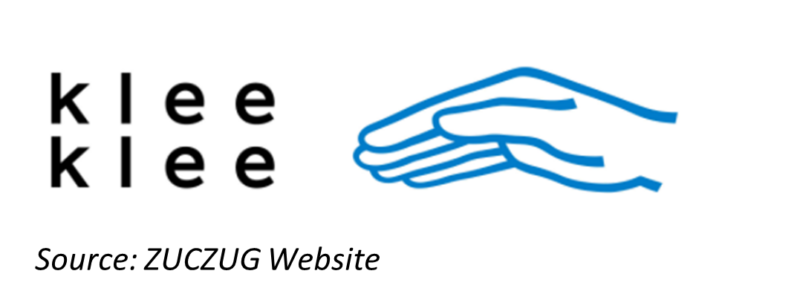
Founded in 2010, klee klee is a sub-brand of ZUCZUG (素然, directly translated into “Plantly”) and is known for its environmentally-conscious principles and minimalistic aesthetic. The brand insists on eco-friendly value for each design, from organic green raw materials to low-pollution manufacturing processes, aiming to reduce impacts on the environment.
Klee klee conveys its sustainable principal and ethical standards to each consumer through clear product labels and comprehensible descriptions. Consumers can easily understand the material substances of designs. Clothing is all made by environmental textiles and traditional low-pollution dyeing processes. Their main natural textiles, such as green cotton, are certified (COTS) with no pesticides and fair trading. As for the natural dyeing processes, klee klee uses alternative plant-extracted materials instead of chemical substances to reduce waste.
Klee klee transfers the minimalist conscious and long-term vision. The brand name klee klee means “slow down” in Tibetan, the brand logo has the same meaning in sign language. This is a metaphor advocating city dwellers to slow down in life and reconnect with natural rhythms and lifestyles. Free repairing and recycling services are offered to its consumers, echoing its durational and timeless concepts in designing, and maximally keeping clothing in use.
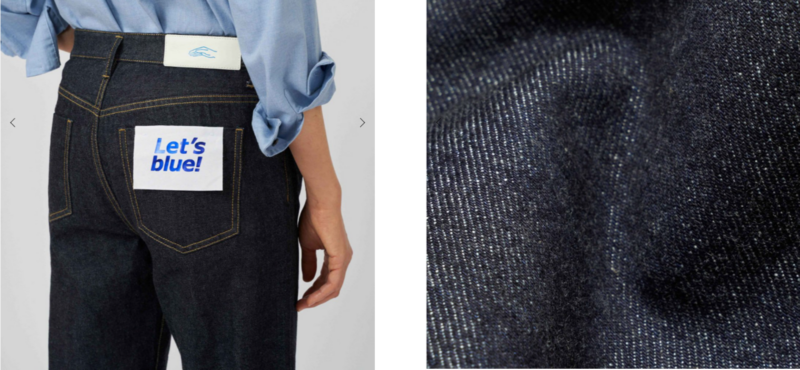
ZUCZUG has won more than 357,000 loyal customers in China, klee klee, being its sustainable brand, has attracted many eco-fashion fans, both online and offline in China. It was reported annual revenue of around $1.3 million (8 million RMB) per store in 2017
2. Krop
Founded in 2004, Krop, an authentic sustainable garment brand based on biological and Agriculture development, is a clothing brand of Mecilla Group. Krop has the same pronunciation as the English word Crop, representing harvest, seeds, and the root in the land. Its concept depicts how humans and nature coexist harmoniously. Krop is an eco-friendly clothing brand that connects consumers with the land, was born out of the fields, and specified in controlling its supply chain to confirm the high quality of its designs.
Krop has always collaborated with farmers in reducing third-party costs as well as maintaining quality control. Being the first brand to connect consumers and the land, Krop has established experimental foundations with organic material producers and farmers since 2012, covering several provinces in China, selling online such as Taobao stores, as well as offline in Hong Kong and Guangzhou. It takes more than 12 months to harvest the raw materials, design the clothing and product. Krop transparently tells stories about its clothing production process to share the manufacturing and production of each article of clothing.
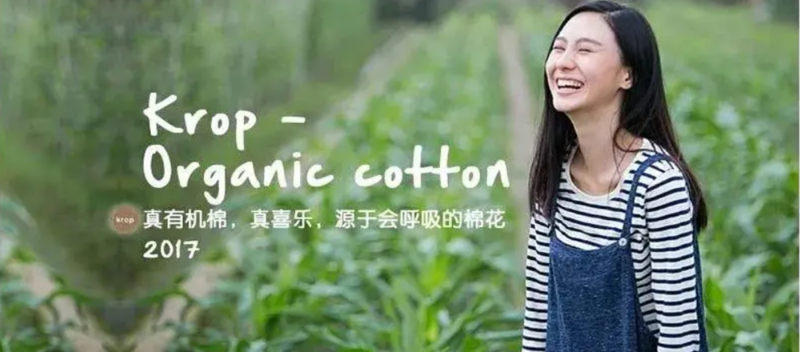
Krop tightly connects the countryside with cities and connects farmers with consumers. It not only is a clothing producer, but plays the role to invoke consumers to realize the power of consumption and realize what they can bring to society, to nature, and to the next generation.
3. Bastine


Bastine, a sustainable textile producer, and manufacturer, is also a member of the Fair Wear Foundation (the first brand to join FWF in China). Its revenue mostly comes from exporting sustainable raw materials all over the world with hemp. Despite China’s ban on cannabis, it is still the world’s largest producer of hemp, most of which is exported to countries like the USA. Hemp has multi-advantages as a natural textile, such as moisture absorption, breathability, and heat dissipation.
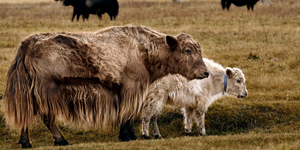
Another old but traditional natural material is from Yaks, an animal that lives in plateau areas. Yak wool has been used for thousands of years in specific parts of Asia and Mongolia to make luxurious but dependable textiles. It’s an excellent alternative textile to cashmere, but more eco-friendly.
Bastine completes the whole process, from planting to manufacturing, in the factories supported by solar energy and utilized Euro-certificated dyeing materials and processes, under strict pollution detections. Bastine is a matured traditional fabric producer, nevertheless, it still has an opportunity to grow in the Chinese market as an eco-fashion brand.
4. Everlane
Everlane is a San Francisco-based DTC company, which has sold 6 stores in the US and entered the Chinese market in August 2019. The company began selling clothing online via Tmall and Wechat to men, women, and kids. Only two years after entering China, Everlane shut its online store in Tmall flagship store and WeChat Official.
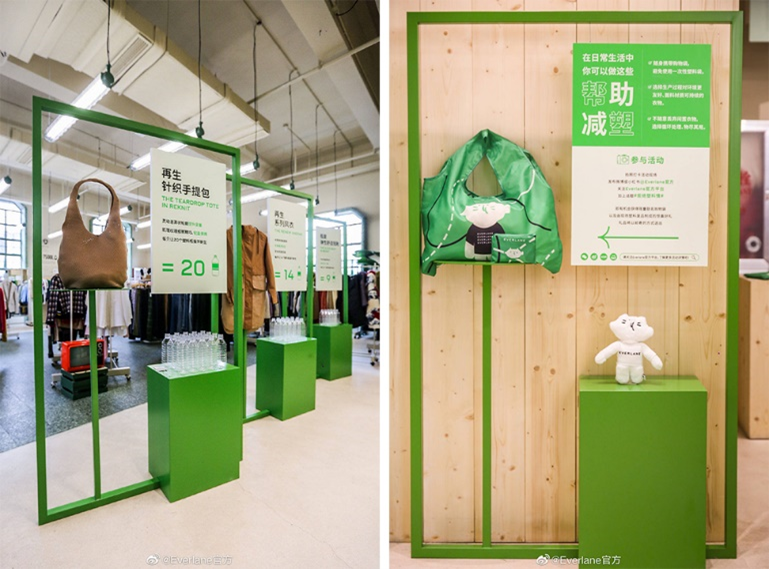
Everlane’s products have been strictly environmental-friendly from the outset. 1,500 litres of water are consumed in the production of ordinary jeans, Everlane has reduced this figure to 0.4 litres of recycled water, while the renewed collection takes three million non-biodegradable waste plastic bottles and transformed them into garments. “If a brand wants to truly implement an eco-friendly philosophy, it must make high-quality, durable clothing.” According to Everlane’s founder, Michael Preysman.
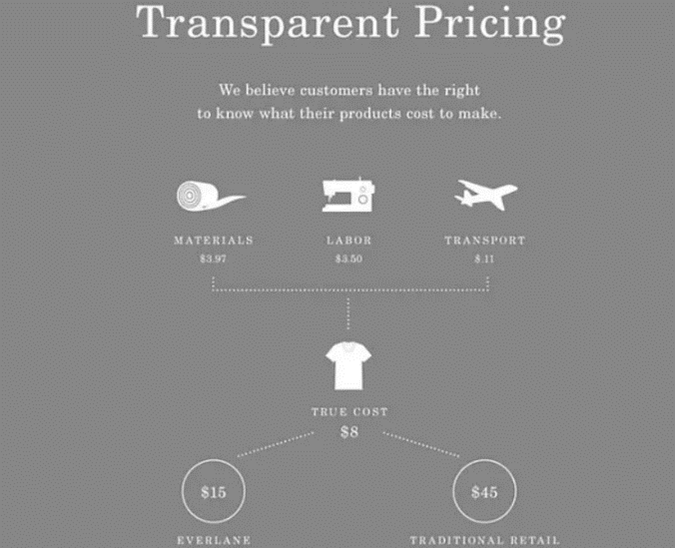
Everlane is known for its “radical transparency” principle. Consumers can read both direct and indirect costs involved as well as the profits to the company. Achieving a triple-digit growth during the first year of entering China between March and June 2020, Everlane has caught the weal spot in the Chinese market. However, labor and transportation were significantly constrained due to the pandemic. Customer support seemed to be unsupportive in services such as quality control and the process of dispatching and returning. Although Everlane’s sustainable values have been accepted by some Chinese consumers, its marketing and promotion strategy has not, and the brand closed its China e-commerce stores in September 2021.
5. Allbirds
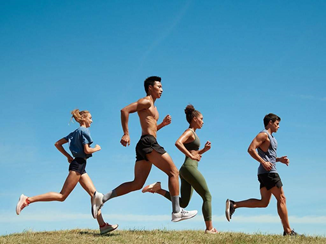
Allbirds started its commercialization with a humble, natural wool shoe, the US DTC company is not merely an apparel company today but has now become a materials innovation company. Allbirds has combined fashion and sustainability with its innovative technology and simple outfits. Apart from its most popular sneakers using New Zealand’s extra-virgin merino wool, its newly designed shoes made from eucalyptus fiber and Bioplastic foam sucrose slippers have attracted more loyal consumers.
Allbirds is the first brand to show the “Carbon Footprint” of its product, which illustrates the total and each detail of CO2 produced in each manufacturing step. The market survey shows that Allbirds shoes saved about 30% of CO2 compared with a traditional runner, which will produce 12.5kg CO2 on average. The new product Tree Dasher decreased CO2 emission to 9kg per runner. The next goal for Allbirds is to achieve zero carbon. This brand interprets the carbon emission concept into a quantified impression, allowing consumers to understand more easily the meaning of eco-friendly brands. Allbirds is also the representative of DTC (direct to customers) brands, it stays close with customers and widely observes customer feedbacks. For example, Allbirds designed waterproof shoes for the rainy environment, such as in London. Therefore, Allbirds researched and developed new environmentally waterproof materials which are friendly to nature.
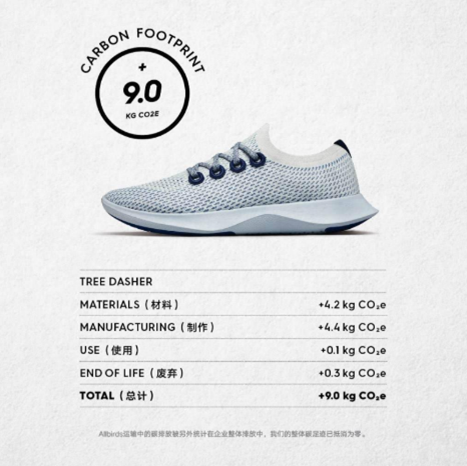

Allbirds invests the most into online e-commerce to cater to the Chinese way. Chinese team deeply acknowledges the mindset of its consumers and attracts from innovation and comfortableness, therefore the key to root in the Chinese market is to lead consumers to comprehensively understand the substance of sustainable fashion.
When will Chinese consumers buy into sustainable fashion?
Compared with some fast-fashion brands, like ZARA, H&M, these brands are harder to win a large number of consumers for their high price and consciousness of an eco-lifestyle. The target consumers of these brands are normally not priced sensitive and have a special affinity for green fashion. Another key point to convert Chinese consumers’ eco-friendly consciousness is raising industry barriers for fashion brands. For example, all companies listed on the Hong Kong Stock Exchange are expected to fulfill ESG requirements, which is the reason why some brands like Anta and Bosideng are early adopters of eco-fashion.
There is still a long way to run for sustainable fashion brands to win their places in the Chinese market when competing with traditional brands. The rising of sustainable labels in China is a positive sign. When people mostly agree on the significance of sustainable development, sustainable fashion is more likely to be accepted by Chinese consumers.


